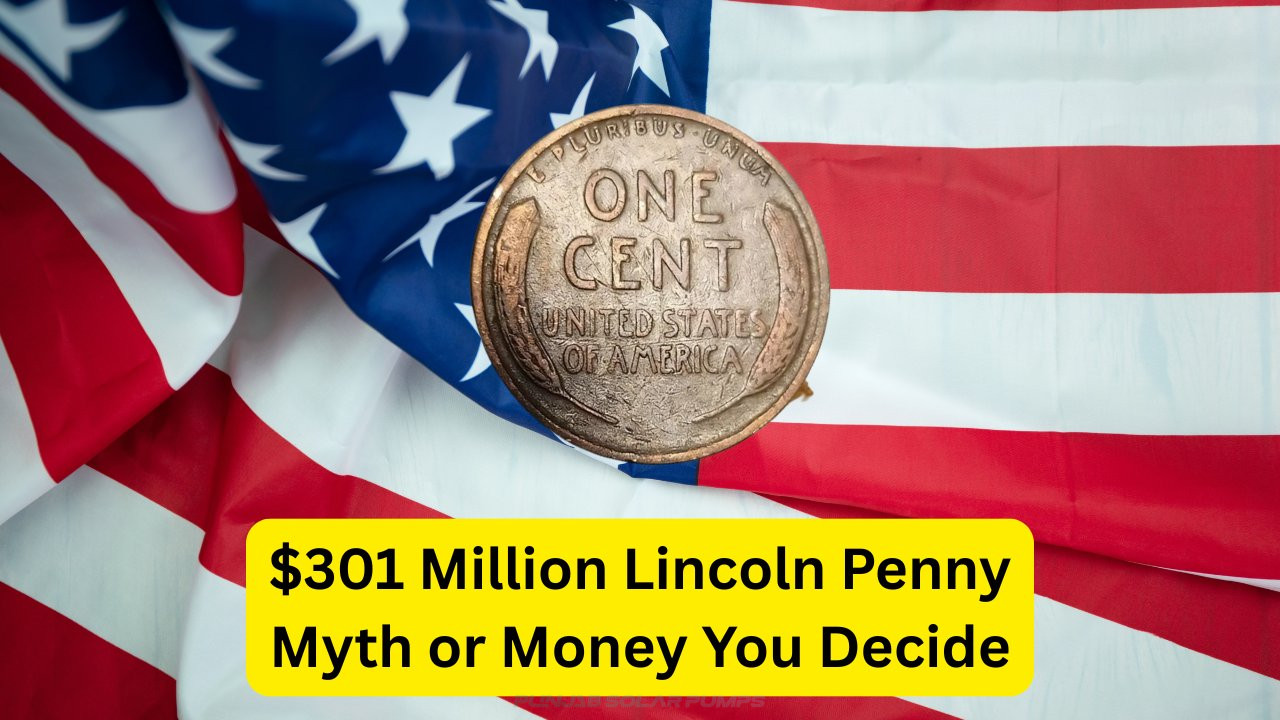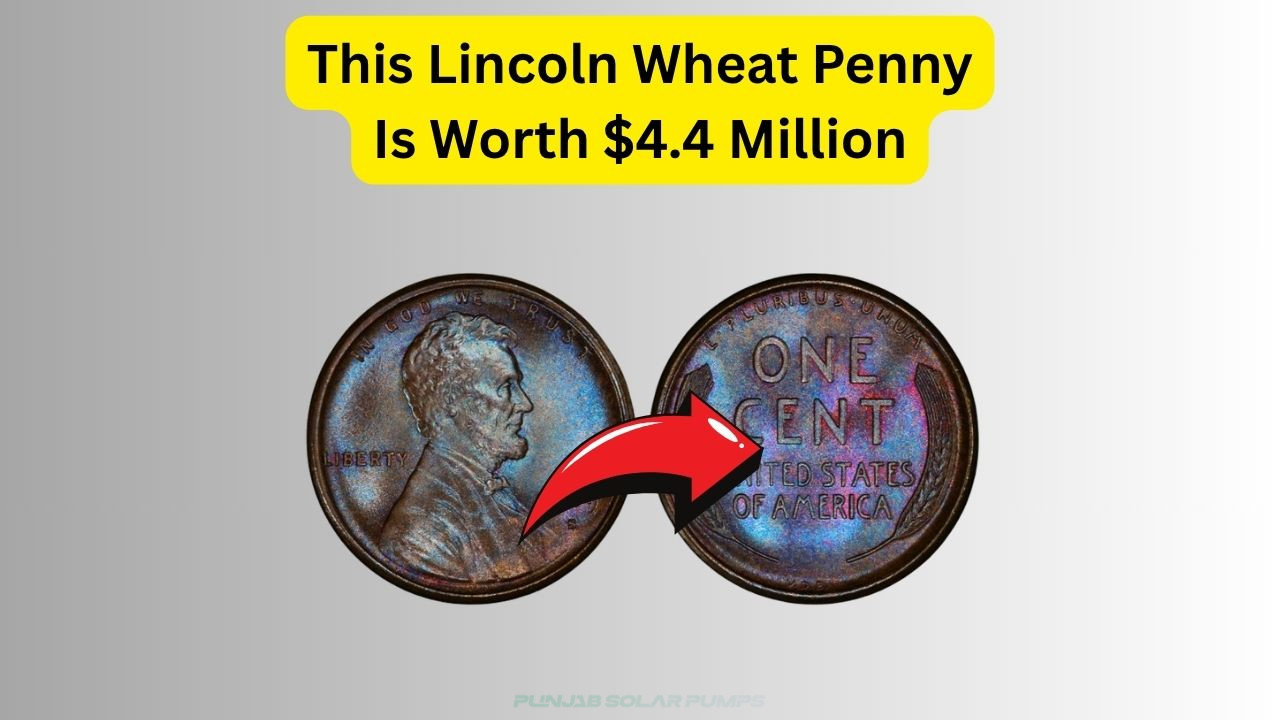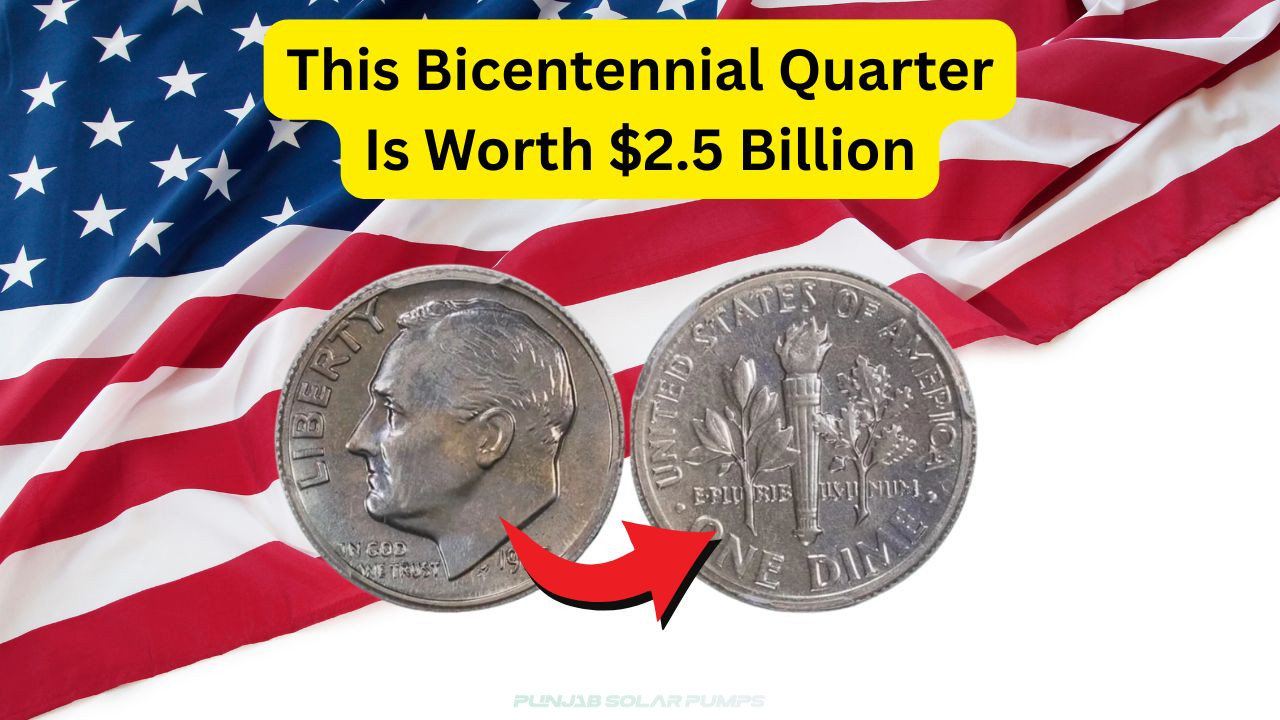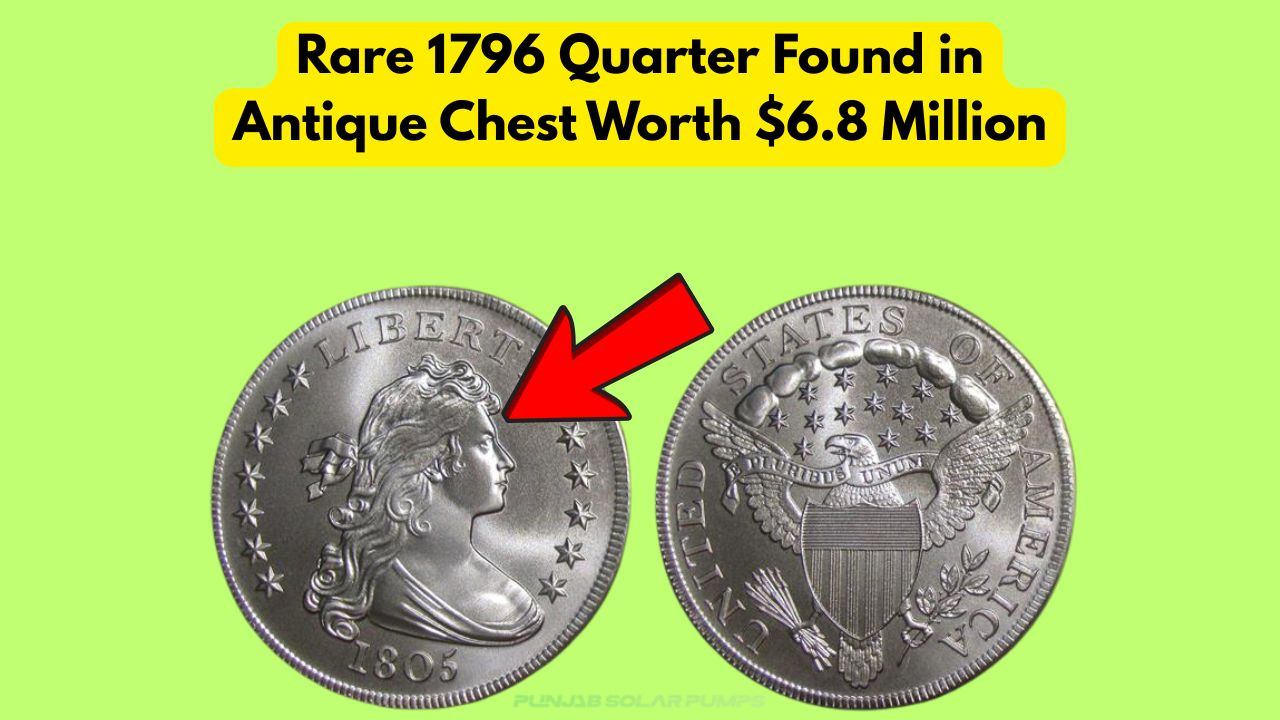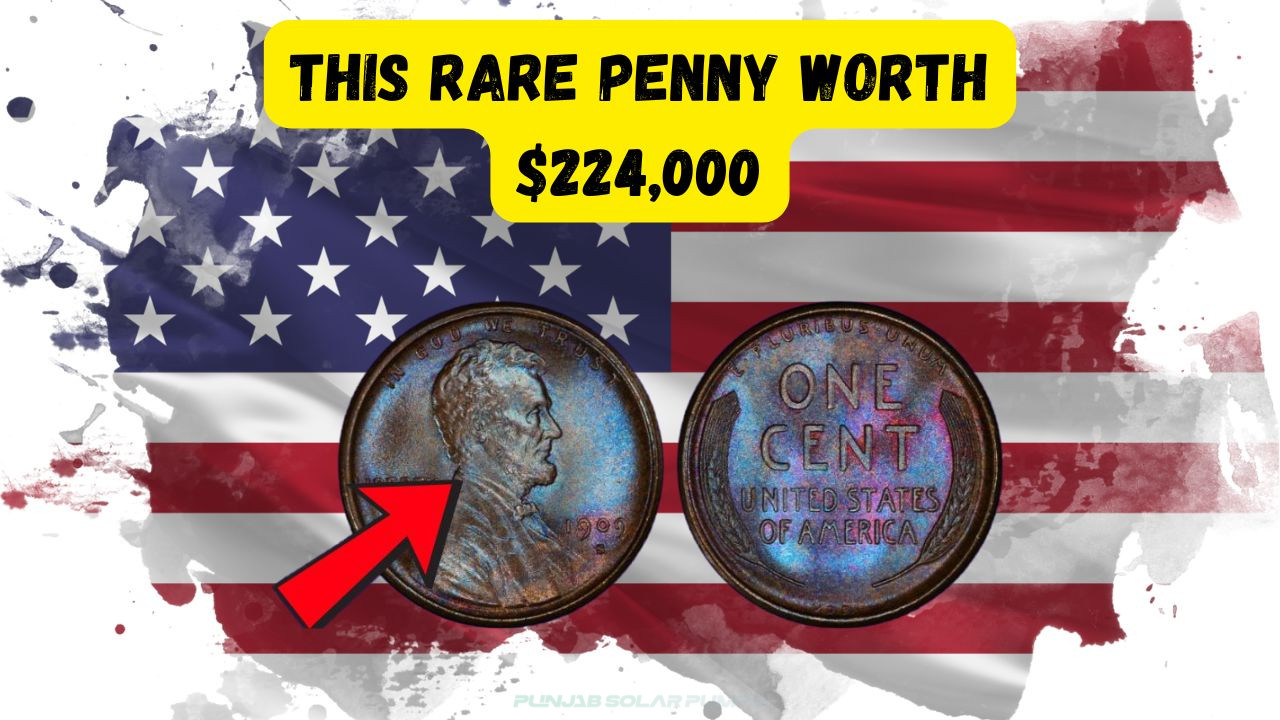Lincoln Wheat PennyLincoln Wheat PennyLincoln Wheat PennyLincoln Wheat Penny
The $301 Million Lincoln Wheat Penny
Lincoln Wheat Penny: The allure of the Lincoln Wheat Penny, particularly the elusive $301 million version, continues to captivate coin enthusiasts around the globe. This specific penny, known for its rarity and historical significance, has become a legendary figure in the world of numismatics. Although many collectors dream of discovering this penny, its existence remains shrouded in mystery, with stories and theories about its whereabouts circulating among coin aficionados.
- Historical significance of the Lincoln Wheat Penny
- The legend of the $301 million penny
- Factors contributing to its rarity
- Famous discoveries of rare pennies
- Market trends influencing penny value
- How collectors search for rare coins
- The role of auctions in coin trading
History and Myth of the Lincoln Wheat Penny
The Lincoln Wheat Penny was first minted in 1909 to honor the centennial of Abraham Lincoln’s birth. Over the years, this coin became a staple in American currency, circulating widely until the 1950s. However, the legend of the $301 million Lincoln Wheat Penny has its roots in the tales of rare mint errors and unique production runs that make certain pennies especially valuable. This particular penny is rumored to have a distinctive minting anomaly, possibly involving a rare composition or misprint, which elevates its value beyond typical collectors’ items.
| Year | Mint | Error | Estimated Value | Condition | Material | Notes |
|---|---|---|---|---|---|---|
| 1909 | S | VDB | $100,000 | MS-65 | Copper | Rare San Francisco Mint |
| 1943 | Denver | Bronze | $1.7 million | AU-55 | Steel | Bronze planchet error |
| 1955 | Philadelphia | Double Die | $125,000 | AU-58 | Copper | Notable doubling on date |
| 1944 | San Francisco | Steel | $375,000 | XF-40 | Steel | Steel planchet error |
| 1922 | No D | Weak | $35,000 | VG-8 | Copper | No mint mark |
| 1931 | S | None | $200 | MS-64 | Copper | Low mintage |
| 1943 | San Francisco | Copper | $1.5 million | XF-45 | Steel | Copper planchet error |
The Hunt for the Lincoln Wheat Penny
Coin collectors worldwide are constantly on the lookout for rare coins like the Lincoln Wheat Penny. The thrill of potentially stumbling upon a rare mint error or a limited-run coin drives collectors to scour thrift stores, flea markets, and even their own change for these elusive treasures. The pursuit of these pennies is not only a hobby but also a potential financial boon, given the skyrocketing values rare coins can command at auction. Many seasoned collectors share tales of how they found fortunes in the most unexpected places, fueling the fervor for this numismatic treasure hunt.
- Popular locations to find rare coins
- Techniques used by collectors
- Evaluating the authenticity of a find
- Preservation techniques for rare coins
- The role of technology in modern coin collecting
Evaluating the Value of Rare Pennies
Determining the value of a Lincoln Wheat Penny involves several key factors. Numismatists consider the coin’s condition, rarity, mint mark, year of production, and any unique characteristics that set it apart from standard issues. Coins in mint condition with clear markings and minimal wear are typically more valuable. Errors, such as doubling, over-polishing, or planchet errors, can significantly increase a coin’s desirability. Professional grading services often provide authentication and valuation, offering collectors peace of mind and ensuring fair market prices.
- Condition grading scales
- Impact of mint marks on value
- Rarity and its influence on price
- Role of professional grading services
- Common errors that increase value
- Market demand for rare pennies
- Historical and cultural significance
Famous Lincoln Wheat Penny Sales
Throughout history, several Lincoln Wheat Pennies have made headlines for their staggering auction prices. The 1943 bronze penny, for instance, fetched $1.7 million at auction, owing to its accidental creation when the U.S. Mint used bronze instead of steel during wartime. Similarly, the 1955 double die penny remains a sought-after prize among collectors, with its distinctive doubled date fetching high bids. These sales not only underscore the monetary value of these coins but also their historical and cultural significance, capturing the imagination of collectors and historians alike.
- 1943 Bronze Penny
- 1955 Double Die Penny
- 1944 Steel Penny
- 1922 No D Penny
- 1931 S Penny
Numismatic Market Dynamics
| Year | Event | Impact |
|---|---|---|
| 1943 | Bronze Penny Auction | Record Sale |
| 1955 | Double Die Discovery | Increased Interest |
| 2005 | Coin Grading Advances | Market Stabilization |
| 2010 | Online Auctions Rise | Broader Access |
| 2020 | Pandemic Coin Surge | Increased Demand |
| 2023 | Historic Penny Sale | New Record Set |
| 2025 | Sustainability Focus | Material Changes |
| 2030 | Digital Currency Rise | Shifts in Collecting |
Future of Coin Collecting
The world of coin collecting is witnessing significant transformations with technological advancements and changing market dynamics. As digital platforms facilitate easier access to rare coins, collectors are better equipped to identify, purchase, and sell valuable pieces. However, the rise of digital currencies poses new challenges and opportunities for traditional numismatics. While some collectors embrace the digital shift, others remain committed to the tangible allure of coins like the Lincoln Wheat Penny, viewing them as timeless artifacts of history.
- Technology’s Role in CollectingChanging Market Trends
- Impact of Digital CurrenciesFuture Collector Demographics
- Environmental Considerations
- Collector Community Growth
- Preservation Techniques
- Role of Museums and Exhibitions
- Historical Value of Coins
Frequently Asked Questions about Lincoln Wheat Pennies
What makes a Lincoln Wheat Penny valuable?
Several factors contribute to a Lincoln Wheat Penny’s value, including its condition, rarity, mint mark, and any unique errors or anomalies. Coins with historical significance or those in mint condition often fetch higher prices.
How can I identify a rare Lincoln Wheat Penny?
Collectors can identify rare Lincoln Wheat Pennies by examining their mint marks, production year, and any distinct features or errors. Professional coin grading services can also provide authentication and valuation.
Where can I sell my Lincoln Wheat Penny?
Lincoln Wheat Pennies can be sold through online auction sites, coin dealers, or at numismatic conventions. It’s advisable to have the coin professionally graded to ensure an accurate valuation.
Are Lincoln Wheat Pennies still in circulation today?
While most Lincoln Wheat Pennies have been removed from circulation, some may still be found in old coin collections or random change. Their rarity makes them a sought-after item among collectors.
What is the most expensive Lincoln Wheat Penny ever sold?
The most expensive Lincoln Wheat Penny ever sold was a 1943 bronze penny, which fetched $1.7 million at auction due to its unique composition error during wartime.
